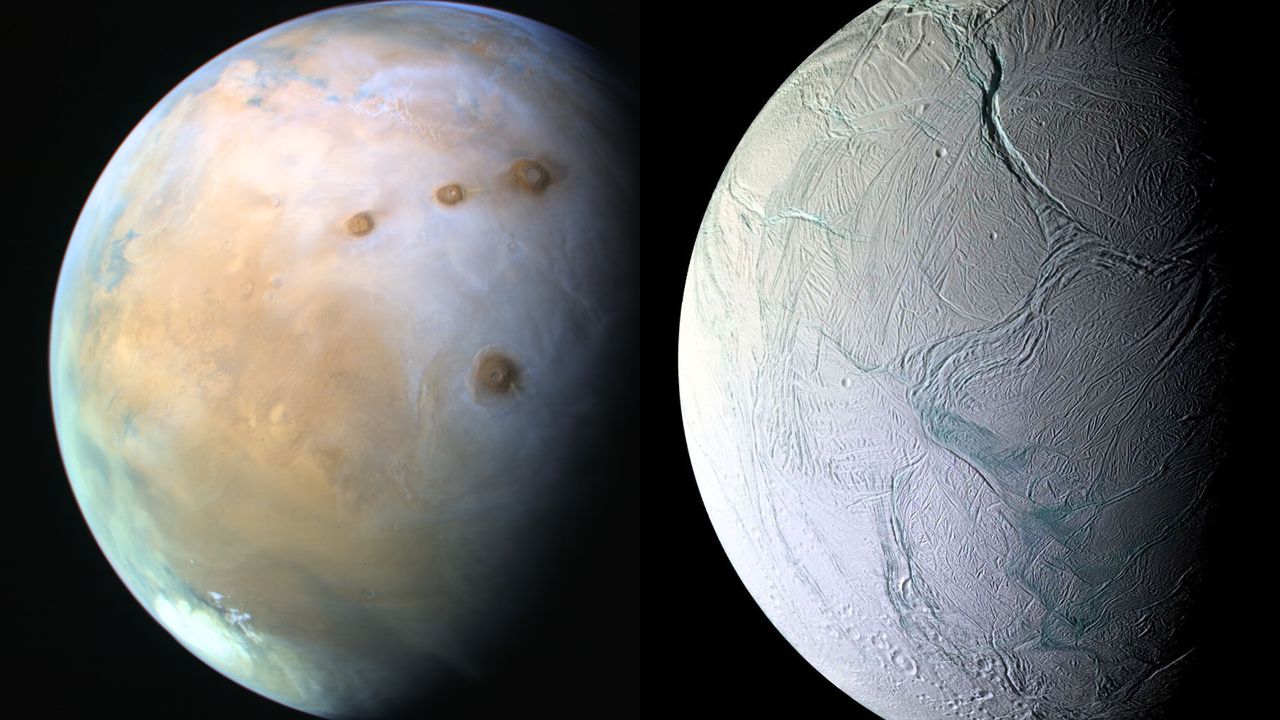
New research suggests Cosmic rays may create energy underground on Mars and icy moons
Forget the old rulebook about where life can hang out in the solar system; some supercharged particles from space might be the real MVPs when it comes to supporting life in the darkest, chilliest places out there!
A cool new study from NYU Abu Dhabi is shaking things up. Scientists found that cosmic rays, those speedy high-energy particles zooming through space, can actually spark energy underground on planets and icy moons.
Instead of frying everything (like we thought), these cosmic rays break apart water molecules beneath the surface, releasing tiny electrons.
And guess what? Certain Earth bacteria love these electrons as a power source, almost like plants soaking up sunlight.
This process, called radiolysis, means life could survive without any sunlight or volcanic heat. Think of it as nature’s very own cosmic battery pack!
Using computer models, the researchers checked out how much energy this cosmic ray magic could create on Mars, plus Jupiter’s moon Europa and Saturn’s icy moon Enceladus. The winner? Enceladus, with Mars and Europa hot on its frosty heels.
You might also like: Step into the future with robo-taxis in Abu Dhabi
Lead scientist Dimitra Atri put it best: “Life might be hiding in cold, dark places we never thought to look, as long as there’s water underground and cosmic rays giving it a little boost.”
This discovery even introduces a new “Radiolytic Habitable Zone”; a space-age twist on the classic “Goldilocks Zone.”
Instead of just hunting for planets cozy enough for surface water, scientists can now look for underground watery spots energized by cosmic rays. That means more cosmic real estate where life might be chilling out.
For future space explorers, this means gearing up to peek beneath the surface on Mars and icy moons, hunting for signs of life powered by these cosmic rays. Who knew the universe might be a bit more habitable, and mysterious, than we imagined?
So next time you gaze up at the stars, remember: life might be thriving where the sun doesn’t shine….all thanks to some cosmic particles doing their thing underground!
Follow Yalla for all the latest news

